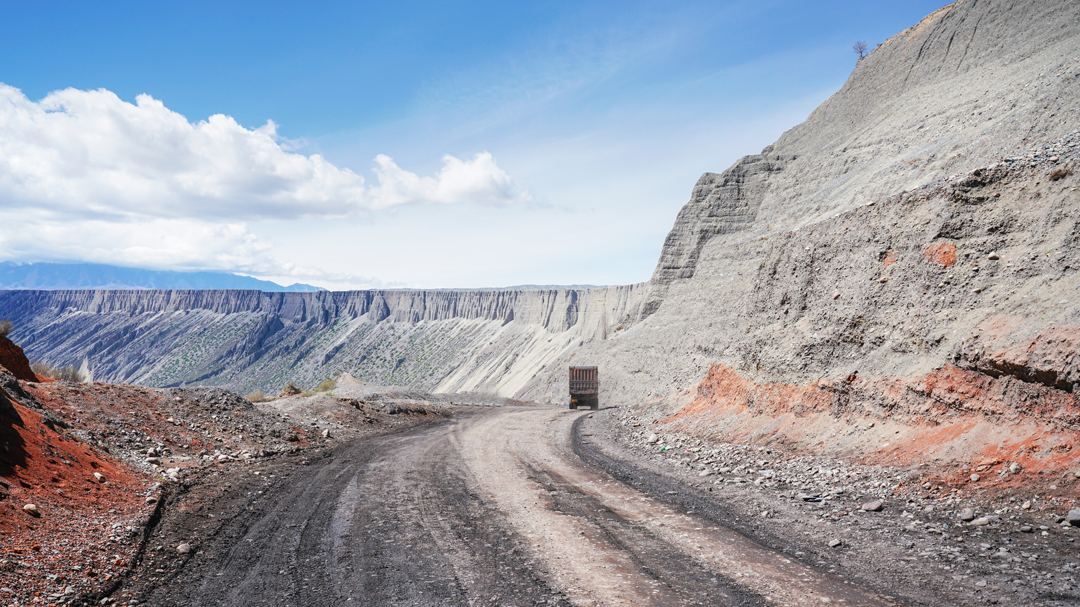What are the main mineral resources in Southeast Asia?
Three parts of prospecting:
1. Do geological and chemical exploration work: Analyze the mineralization conditions, figure out what the mine is, whether it is a polymetallic mine, what is the expected grade, etc.;
2. Perform detailed geophysical surveys, use magnetic, electrical or other geophysical instruments to conduct detailed surveys to find out the direction, depth, thickness and other information of the ore.
3. Potholes or drilling samples are required to prove whether the first two steps are correct.
Of course, ore sorting must be considered!
Southeast Asia is located in the southeast of our country, including 11 countries including Indonesia, Malaysia, Philippines, Vietnam, Laos, Cambodia, Myanmar, Thailand, Brunei, Singapore and East Timor. The population is about 550 million and the area is about 4.5 million square kilometers. The region is rich in mineral resources, especially copper, nickel, aluminum, titanium, potash, oil, and natural gas, which are highly complementary to our country and attract more attention from the Chinese mining industry.

Mineral resources: Due to historical and economic reasons, the degree of geological work in Southeast Asia is generally low. However, based on the information currently available, the area is rich in mineral resources, the main minerals include: oil, natural gas, coal, copper, gold, nickel, aluminum, tin, titanium, antimony, silver, potash, gypsum, barite, and phosphorus. And iron, zinc, lead, chromium, manganese, cobalt, kaolin and bentonite.
Gold mines: Gold mines in Southeast Asia are widely promulgated, and most countries have gold mines. Indonesia is the most concentrated, followed by the Philippines. Indonesia is the world’s largest gold mine resource. Indonesia’s official gold resource is 5297 tons, with gold reserves. It is 3156 tons, ranking first in Asia. The types of gold deposits are mostly shallow hydrothermal gold deposits related to Tertiary volcanic rocks and skarn-porphyry copper-gold deposits. There are gold mines in almost all islands. The Glasberg Copper-Gold Mine in Papua Province is the largest gold mine in Indonesia and one of the largest gold mines in the world.
Tin mines: mainly distributed in Malaysia, Indonesia, Thailand, Vietnam, Laos and other countries. Malaysia has 1 million tons of tin reserves (data from 2007), accounting for 16.4% of the world's total, second only to China and second in the world. Nine of the 11 states in the Malay Peninsula have tin mines, but Perak and Selangor have the most. The type of ore is dominated by placer, mainly alluvial placer, such as the world-famous Kenthreku tin mining area and Kuala Lumpur tin mining area. The ore mineral is cassiterite, accompanied by monazite, ilmenite and xenotime, mostly from Cassiterite-quartz veins near the contact zone between Indosinian granites and Silurian-Permian clastic rocks and limestones. Primary tin ore occupies a secondary position, and its genetic types are: (1) Hydrothermal deposits. Most of them are cassiterite-quartz vein type deposits, and the ore is distributed in the fissures of argillaceous rocks. The main ore mineral is cassiterite, accompanied by pyrite, chalcopyrite, arsenopyrite, topaz, kesterite, sphalerite, quartz and chromite. Some are accompanied by strong quartziteization. Representative deposits are the Shuangxi Linming Tin Mine. (2) Contact metasomatism (ore karn) type deposits. Its characteristic is that the cassiterite is developed in the karst zone where the granite body and the carbonate rock contact, and the tin mineralization is concentrated in the intersection of the fault and the intersection, such as the ore bodies such as Ma Zhang Satahong and Bukit Persi. (3) Pegmatite-type deposits. The scale is generally small and is produced in various pegmatites. Except for cassiterite, the main associated minerals are tourmaline, muscovite, topaz, fluorite and beryl, such as the Bakri deposit in Johor.
Indonesia is also a major country in tin mineral resources in the world. According to the US Geological Survey, the tin reserves in 2007 were about 800,000 tons, accounting for 13.1% of the world's total, ranking third in the world. It is mainly distributed in the Riau Islands off the east coast of Sumatra, especially Bangka Island, Belitung Island and Xingewu. It belongs to the same tin metallogenic belt as my country's western Yunnan tin mines, Myanmar, Thailand, and Malaysia. The ore belt is more than 2500 kilometers long, of which the tin ore belt in Indonesia is about 750 kilometers long.
Tin is one of the most important minerals in Thailand, with reserves of 170,000 tons in 2007 (reserves based on 200,000 tons), accounting for 2.8% of the world's total reserves, ranking eighth in the world. The deposits are mainly distributed in the southern regions, including Phang Nga, Phuket, Nakhon Si Thammarat and Ranong provinces. There are also a small number of distributions in the northern and central regions.
Ilmenite: mainly distributed in Vietnam, with a small amount in Malaysia. Vietnam is the world's 10th largest ilmenite resource country, with a reserve of 160 tons in 2007 and a base reserve of 1,400 tons (TiO2). There are more than 30 producing areas, including 2 large deposits, 10 medium-sized deposits, and 11 small-sized deposits. There are primary ore, weathered residual ore and coastal placer. Among them, the coastal placer deposits are the most widely distributed and have the largest reserves. They run almost across the entire territory of Vietnam, starting from Mong Cai in the north, passing through Thanh Hoa, Vinh, Hue, Quy Nhon to Vung Tau and Ha Tien. The two large titanium deposits are coastal placers, namely Vinh Jinhua and Guiren Jiqing. The primary ilmenite is the Gaizhan deposit located in the northwest of Taiyuan City, which is a medium-sized deposit. The ore body occurs in the gabbro body and the rich ore grade can reach 30-40%. The primary ore bodies also formed some residual ore sands after the surface weathering.
Iron: Iron ore is mainly distributed in Vietnam, with a small amount in Laos, Myanmar, Indonesia, the Philippines and Malaysia. According to a report by the Vietnamese government, there are about 200 known iron ore deposits in Vietnam, 13 of which have reserves of more than 1 million tons, and the country's total iron ore reserves exceed 1.2 billion tons (USGS, Minerals Yearbook, 2005). The iron ore that has been discovered is mainly distributed in the northern and central regions of Vietnam, with an average grade of 50%. Among them, the Shixi iron ore in Ha Tinh Province has the largest reserves, with a proven reserve of 544 million tons, with an average iron content of more than 61%. It is produced in skarn and can be mined openly and is preparing for development. The second largest iron ore deposit is the Guixiang ore deposit in Huanglianshan Province. It is a weathered leaching type with a proven reserve of 118 million tons and an average iron content of 56 to 57%. It has also begun to open rich ore. The Quy Xa large iron ore in Lao Cai Province is a volcanic sedimentary metamorphic type with a reserve of 112 million tons.





